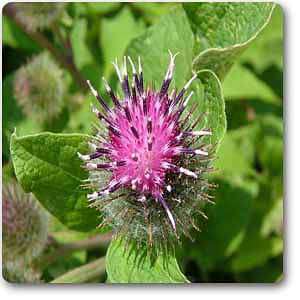
Arctium minus - Plant
(MRP Inclusive of all taxes)
- Shipping ₹79 for entire order
- Dispatch in 7 days
- Country of origin: India

(MRP Inclusive of all taxes)
 Save 29%
Save 29%
Air Purifier Money Plant with Pot The Air Purifier Money Plant, also known as Pothos or Epipremnum aureum, is a stunning indoor plant that...
View full details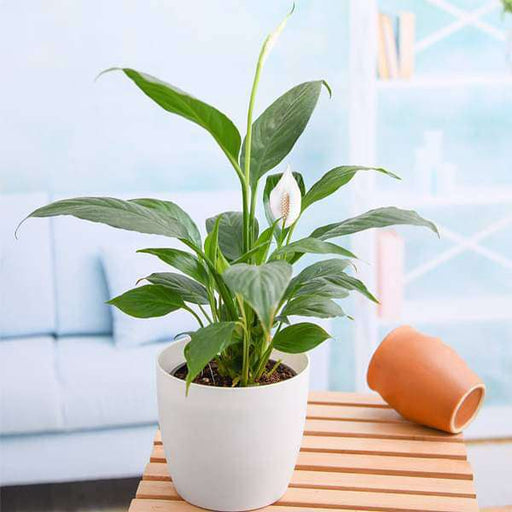
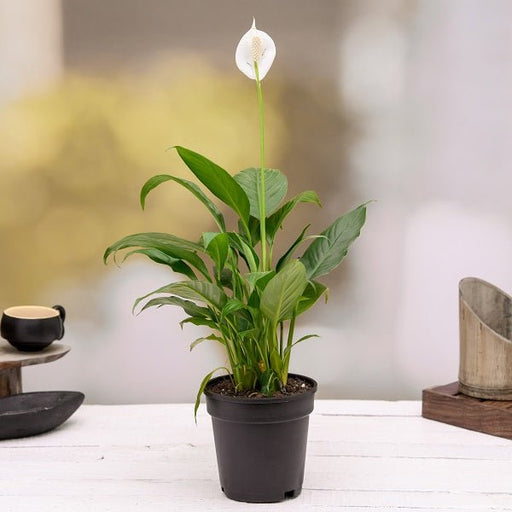 Save up to 15%
Save up to 15%
Peace Lily, Spathiphyllum - Plant The Peace Lily, scientifically known as Spathiphyllum, is a stunning houseplant celebrated for its elegant white...
View full details
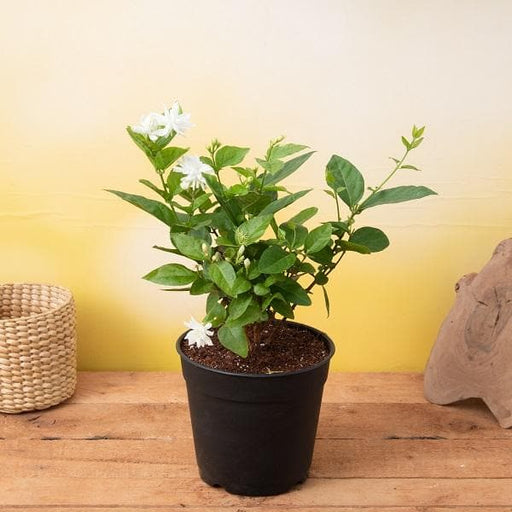 Save 25%
Save 25%
Jasminum sambac, Mogra, Arabian Jasmine - Plant Jasminum sambac, commonly known as Mogra or Arabian Jasmine, is a fragrant flowering plant...
View full details
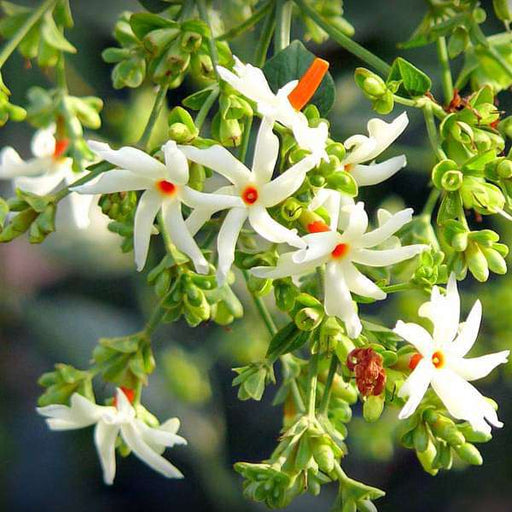 Save 18%
Save 18%
Combo Constituents Includes the Parijat Tree (Night-Flowering Jasmine), a culturally significant plant with fragrant flowers. Description The Pari...
View full details
 Save 25%
Save 25%
Miniature Rose, Button Rose (Any Color) - Plant The Miniature Rose, also known as the Button Rose, is a charming and compact flowering plant that ...
View full details Save 25%
Save 25%
Damascus Rose, Scented Rose (Any Color) - Plant The Damascus Rose, also known as Rosa damascena, is a timeless symbol of beauty and romanc...
View full details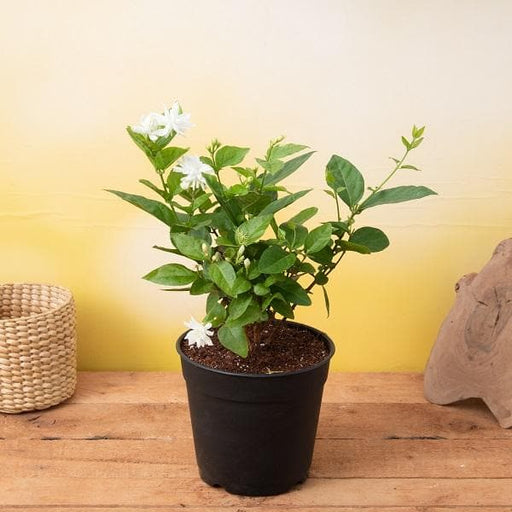
 Save 17%
Save 17%
Beautiful Fragrant Mogra, Arabian Jasmine Plant with Pot The Beautiful Fragrant Mogra, also known as Arabian Jasmine (Jasminum sambac), is...
View full details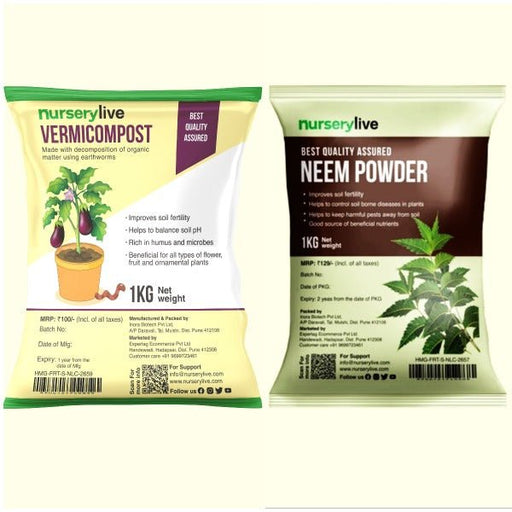 Save 15%
Save 15%
Pack of Vermicompost and Neem Cake for House Plants Transform your indoor garden with our premium Pack of Vermicompost and Neem Cake, spec...
View full details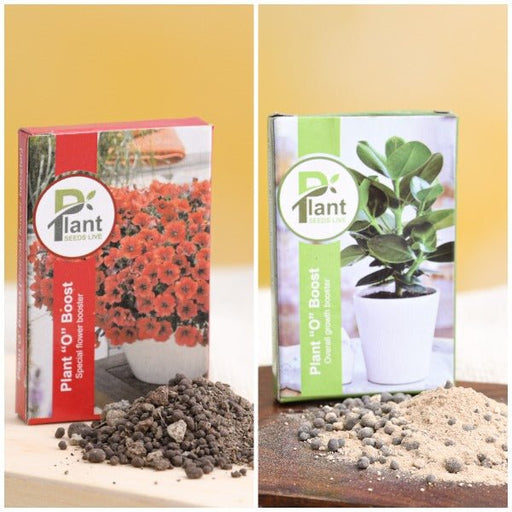
Pack of Plant Growth and Flower Boosters Unlock the full potential of your garden with our Pack of Plant Growth and Flower Boosters! This ...
View full details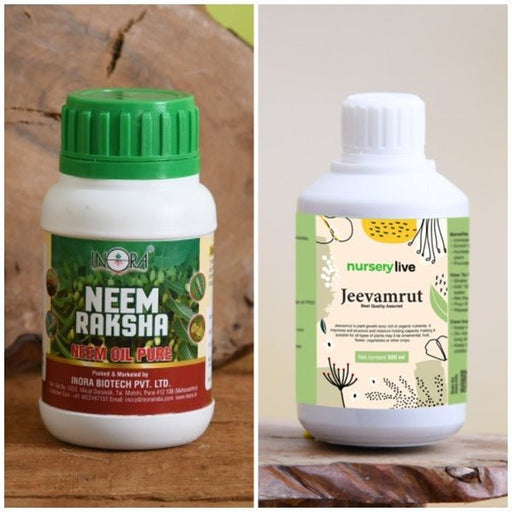 Save 38%
Save 38%
Combo of Jeevamrut and Neem Raksha for Easy Growth and Protection of Houseplants Transform your indoor garden with our exclusive combo of ...
View full details Save 22%
Save 22%
Plant Nutrients Kit (Pack of 16) for a Healthy Garden Transform your garden into a lush paradise with our Plant Nutrients Kit, featuring 1...
View full details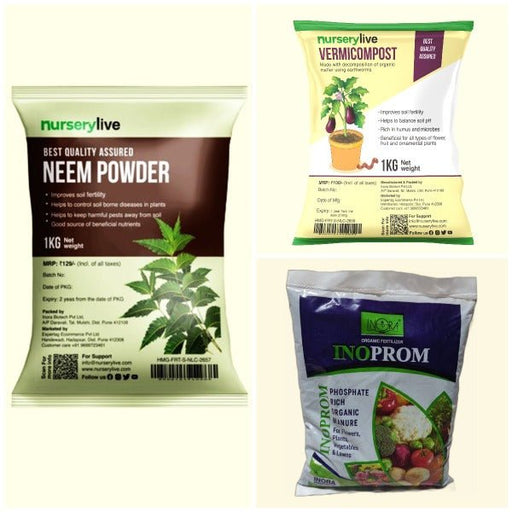 Save 16%
Save 16%
Combo of Top Plant Fertilizers Elevate your gardening game with our exclusive Combo of Top Plant Fertilizers, featuring two bags of premiu...
View full details Save 24%
Save 24%
Pack of 4 Additives to Make Soil Healthy and Nutrient Rich Transform your garden into a thriving ecosystem with our Pack of 4 Additives de...
View full details Save 30%
Save 30%
Transform your gardening experience with our premium Combo of Perlite and Vermiculite. This unique blend is designed to enhance soil aeration and ...
View full details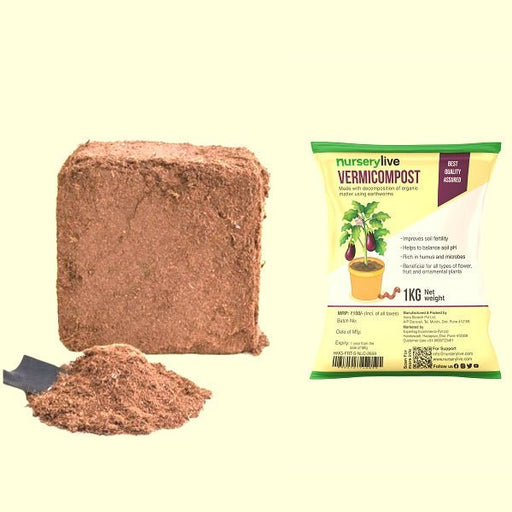 Save 27%
Save 27%
Combo of 2 Vermicompost and Cocopeat - Enrich Your Soil Naturally! Transform your garden into a thriving ecosystem with our Combo of 2 Ver...
View full details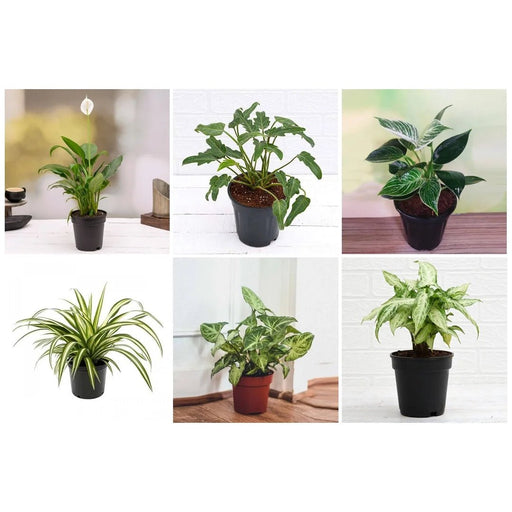
 Save 35%
Save 35%
Best 6 Plants for Perfect Indoor Garden Transform your living space into a lush oasis with our curated collection of the Best 6 Plants for a...
View full details
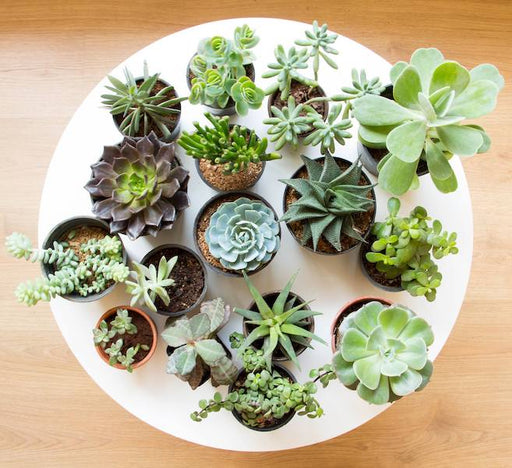 Save up to 50%
Save up to 50%
Mini Succulent Garden Pack Transform your space with our Mini Succulent Garden Pack, featuring a delightful collection of 4 any variety beautiful s...
View full details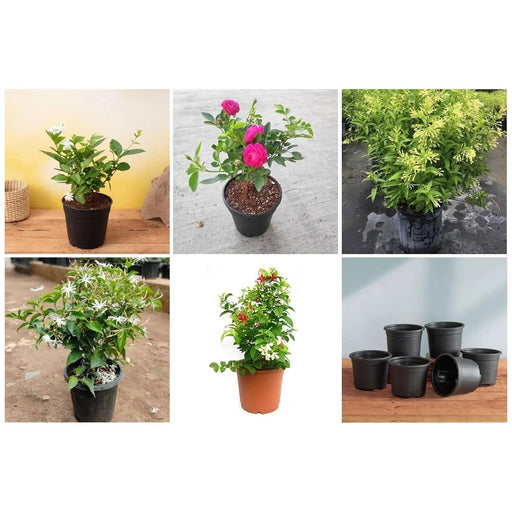
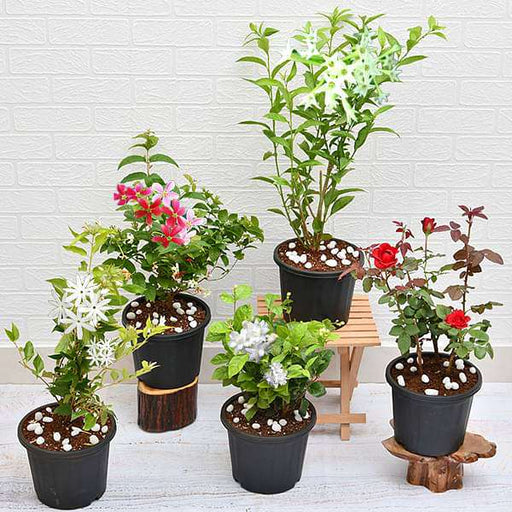 Save 30%
Save 30%
5 Best Fragrant Plants Transform your garden or indoor space into a fragrant paradise with our curated selection of the 5 Best Fragrant Plants. Th...
View full details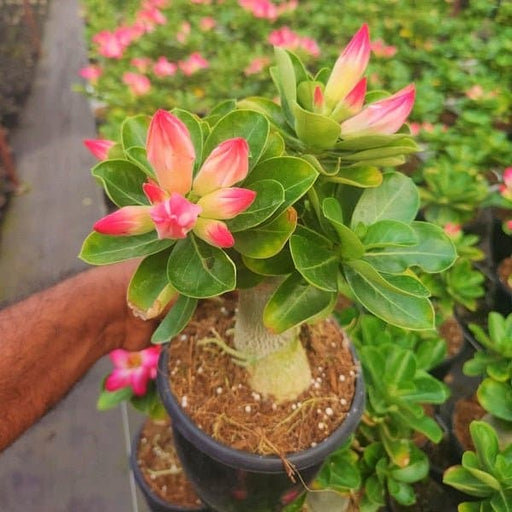
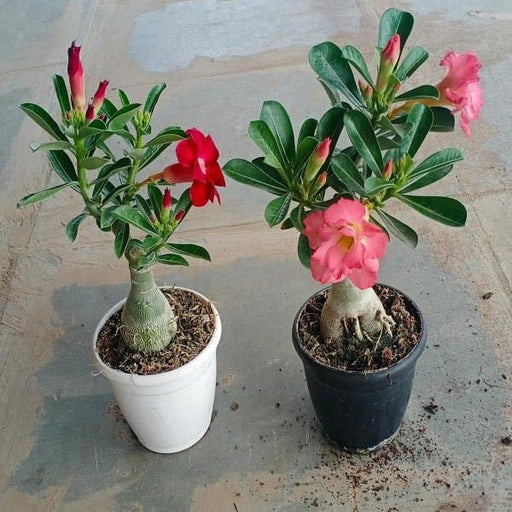 Save 24%
Save 24%
Set of 2 Bonsai Looking Grafted Adeniums Transform your indoor or outdoor space with our exquisite Set of 2 Bonsai Looking Grafted Adenium...
View full details Save 45%
Save 45%
Top 4 Die Hard Succulents Pack Transform your indoor or outdoor space with our Top 4 Die Hard Succulents Pack, featuring a curated selecti...
View full details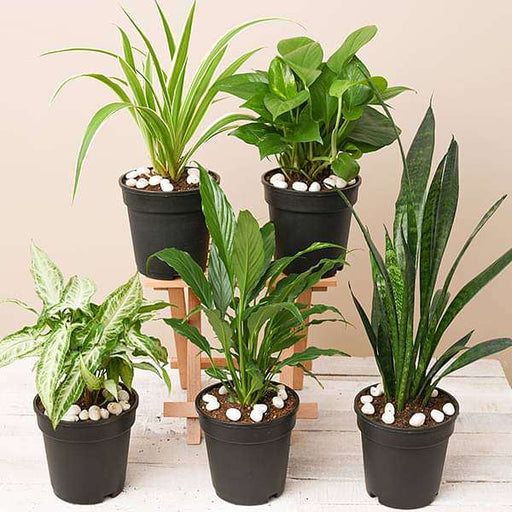
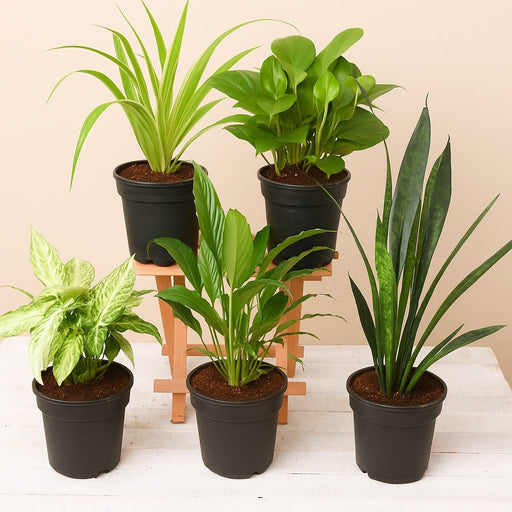 Save 30%
Save 30%
5 Best Indoor Plants Pack Transform your living space into a lush oasis with our '5 Best Indoor Plants Pack.' This carefully curated collection fe...
View full details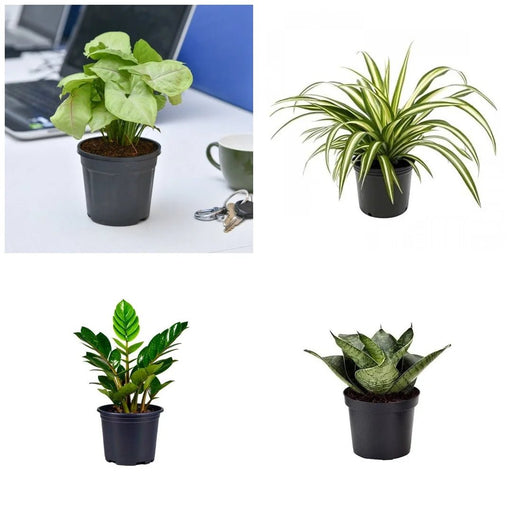
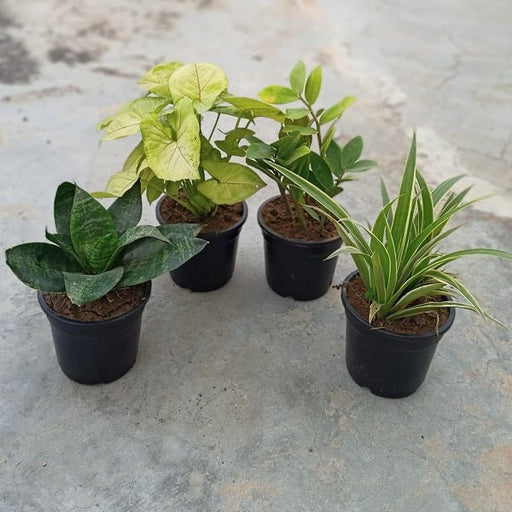 Save 25%
Save 25%
Set of 4 Evergreen Air Purifier Plant Pack Transform your indoor space into a lush, green oasis with our Set of 4 Evergreen Air Purifier Pla...
View full details| SrNo | Item Name |
|---|---|
| 1 | Arctium minus - Plant |
Arctium minus, commonly known as Lesser Burdock, is a biennial plant native to Europe and Asia, now widely found in North America. This robust herb features large, heart-shaped leaves and distinctive purple flowers that bloom in late summer. Renowned for its medicinal properties, Lesser Burdock has been used in traditional herbal medicine for centuries, particularly for its detoxifying effects and ability to support skin health.
What makes Arctium minus special is its rich content of antioxidants, vitamins, and minerals, which contribute to its health benefits. The plant's roots are particularly valued for their ability to purify the blood and promote liver health. Additionally, Lesser Burdock is an excellent choice for gardeners looking to attract pollinators, as its flowers are a favorite among bees and butterflies.
One of the standout features of Arctium minus is its adaptability to various soil types and conditions, making it a resilient addition to any garden. Its deep taproot allows it to access nutrients and moisture from deeper soil layers, ensuring its survival even in less-than-ideal conditions.
Arctium minus contributes positively to the ecosystem by providing habitat and food for pollinators. Its deep roots help prevent soil erosion and improve soil structure. However, it can become invasive in some regions, so it's essential to manage its growth responsibly.
If you think Arctium minus, also known as lesser burdock, is just a pesky weed, think again! This plant is a powerhouse of health benefits. Packed with antioxidants, it can help detoxify your body, support liver function, and even improve skin health. So, next time you see it sprouting, remember it’s not just a nuisance; it’s nature’s little pharmacy waiting to be explored!
From culinary delights to herbal remedies, Arctium minus is the Swiss Army knife of the plant world. Its roots can be roasted, boiled, or even pickled, adding a unique flavor to your dishes. Plus, it’s a staple in traditional medicine, used to treat everything from digestive issues to skin ailments. Who knew a weed could be so versatile?
Ready to cultivate your own lesser burdock? Growing Arctium minus is easier than convincing your cat to ignore that laser pointer. This hardy plant thrives in well-drained soil and can handle a bit of neglect. Just give it some sunlight and watch it flourish. Soon, you’ll have a garden that’s the envy of all your neighbors—who will be wondering why you’re so obsessed with weeds!
Spotting Arctium minus is like playing a game of botanical hide-and-seek. With its large, heart-shaped leaves and distinctive purple flowers, it’s hard to miss. Just look for those spiky seed heads that cling to everything like an overzealous hug. Once you know what to look for, you’ll be identifying lesser burdock like a pro!
Step aside, modern medicine; Arctium minus has been a go-to remedy for centuries. Used in traditional practices across cultures, this plant is believed to have anti-inflammatory and antibacterial properties. Whether it’s a tea to soothe your throat or a poultice for your skin, lesser burdock has been the unsung hero of herbal medicine.
Who knew a weed could pack such a nutritional punch? Arctium minus is rich in vitamins and minerals, including vitamin C, potassium, and iron. It’s like nature’s multivitamin, but without the chalky aftertaste. Incorporating this plant into your diet can boost your health while giving you a unique culinary experience.
Lesser burdock isn’t just a friend to humans; it’s a wildlife magnet! Birds, bees, and butterflies all flock to this plant, making it a vital part of the ecosystem. Its flowers provide nectar, while its seeds offer a tasty snack for our feathered friends. Planting Arctium minus is like throwing a party for nature’s best guests!
If you’re looking to improve your garden’s soil health, Arctium minus is your new best friend. This plant’s deep roots help aerate the soil, while its leaves provide organic matter when they decompose. It’s like having a personal gardener that works for free! Plus, it attracts beneficial insects, making your garden a thriving ecosystem.
Think lesser burdock is just for health nuts? Think again! This plant can add a unique twist to your culinary creations. Its roots can be sliced and stir-fried, added to soups, or even used in salads. With a slightly sweet, earthy flavor, Arctium minus is the secret ingredient your dishes have been missing.
Foraging for Arctium minus is like a treasure hunt in your backyard. With its distinctive leaves and flowers, it’s easy to spot. Just make sure you know what you’re doing—after all, not all plants are edible! Once you’ve mastered the art of foraging, you’ll impress your friends with your wild culinary skills.
If you’re into herbal remedies, Arctium minus should be on your radar. This plant has been used for centuries to treat various ailments, from skin issues to digestive problems. Whether you’re brewing a tea or making a tincture, lesser burdock is a versatile addition to your herbal arsenal. Who needs a pharmacy when you have nature?
In a world where sustainability is key, Arctium minus is a champion of eco-friendliness. This hardy plant grows easily and requires minimal resources, making it a sustainable choice for gardens. Plus, its ability to attract pollinators helps support biodiversity. By planting lesser burdock, you’re not just beautifying your space; you’re contributing to a healthier planet!
Arctium minus, commonly known as lesser burdock, is a biennial plant that loves to grow in disturbed areas. With its large, heart-shaped leaves and spiky seed heads, it’s like the punk rock star of the plant world—edgy and unapologetic. Plus, it’s a culinary delight in some cultures, proving that even weeds can be gourmet!
This rebellious plant thrives in a variety of habitats, from roadsides to meadows. It’s like that friend who shows up uninvited but somehow fits in everywhere. Found across Europe, Asia, and North America, Arctium minus doesn’t discriminate; it just wants to spread its roots and make itself at home!
Absolutely! Arctium minus is not just a pretty face; its roots and young leaves are edible and often used in traditional dishes. Think of it as nature’s version of a multi-talented artist—great in salads, soups, or stir-fries. Just remember to cook it first; raw burdock might not win any culinary awards!
This plant is a powerhouse of nutrients! Packed with antioxidants, vitamins, and minerals, Arctium minus is like a health guru in leafy disguise. It’s known for its detoxifying properties and can aid digestion. So, if you’re looking for a natural boost, this plant might just be your leafy best friend!
Using Arctium minus in cooking is as easy as pie—well, maybe not pie, but you get the idea! Peel and slice the roots, then sauté, steam, or add them to soups. Young leaves can be tossed in salads or stir-fries. Just remember, the younger, the better; nobody likes a tough old burdock!
Yes, indeed! Arctium minus has a long history in herbal medicine, often used for its anti-inflammatory and diuretic properties. It’s like the wise old sage of the plant kingdom, offering remedies for various ailments. Just consult a healthcare professional before diving into the herbal world; even sages need a little guidance!
While Arctium minus can spread like gossip at a family reunion, it’s not typically classified as invasive. It prefers to hang out in disturbed areas but doesn’t usually take over ecosystems. However, if you let it run wild in your garden, it might just become the life of the party!
Propagating Arctium minus is as easy as pie—if pie were made from seeds! Simply collect the seeds from mature plants and scatter them in a sunny spot. They’ll germinate in spring, and before you know it, you’ll have a mini burdock empire. Just remember, with great power comes great responsibility!
Like any rock star, Arctium minus has its share of admirers and detractors. Common pests include aphids and caterpillars, who think they can munch on this tough plant. But fear not! A little neem oil or insecticidal soap can send those pests packing, allowing your burdock to shine in all its glory.
Yes, you can! Growing Arctium minus in pots is like giving it a VIP section at your garden party. Just ensure the pot is large enough for its roots to stretch out and provide plenty of sunlight. With a little love and care, your potted burdock will thrive and keep the party going!
Arctium minus is not picky about its soil—think of it as the laid-back friend who’s happy anywhere. It prefers well-drained, loamy soil but can tolerate a range of conditions. Just avoid overly soggy spots; this plant doesn’t want to feel like it’s swimming in a swamp!
The best time to harvest Arctium minus is in the spring or early summer when the roots are young and tender. It’s like picking the ripest fruit; timing is everything! Wait too long, and you might end up with a tough, woody root. So, grab your gardening gloves and get to it!